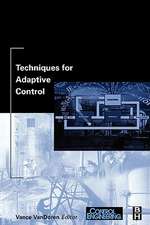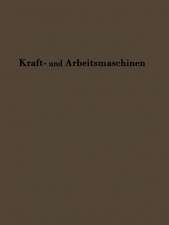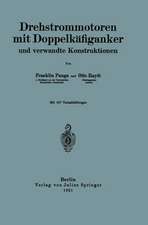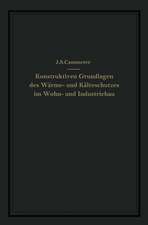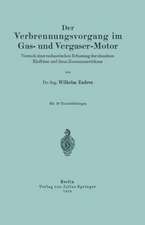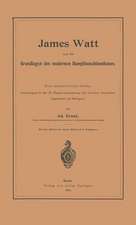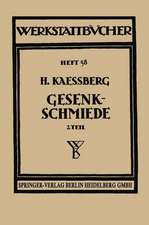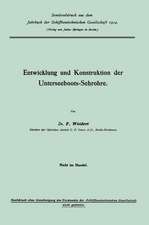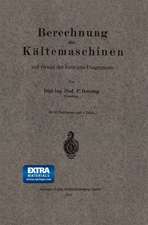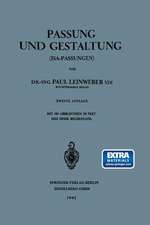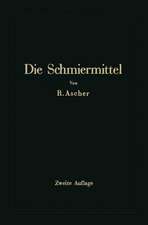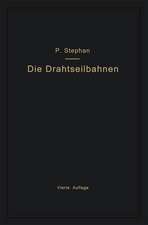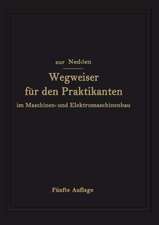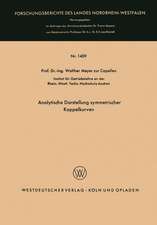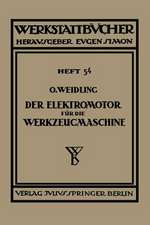Technical Notes on Next Generation Aero Combustor Design-Development and Related Combustion Research
Autor Jushan Chinen Limba Engleză Paperback – 26 aug 2021
Preț: 506.03 lei
Preț vechi: 648.93 lei
-22% Nou
Puncte Express: 759
Preț estimativ în valută:
96.83€ • 105.51$ • 81.59£
96.83€ • 105.51$ • 81.59£
Carte disponibilă
Livrare economică 02-16 aprilie
Preluare comenzi: 021 569.72.76
Specificații
ISBN-13: 9781536197242
ISBN-10: 1536197246
Pagini: 165
Greutate: 0.26 kg
Editura: Nova Science Publishers Inc
Colecția Nova Science Publishers Inc
ISBN-10: 1536197246
Pagini: 165
Greutate: 0.26 kg
Editura: Nova Science Publishers Inc
Colecția Nova Science Publishers Inc
Cuprins
Preface;
Introduction
to
Aero
Combustor
Design;
Briefing
on
Next
Generation
Aero
Combustor
Design;
Type
One
High
Pressure
Low
Emissions
Civil
Aero
Combustor
(without
Fuel
Staging)
Preliminary
Design;
Type
One
High
Pressure
Low
Emissions
Combustor
(without
Fuel
Staging)
Detail
Design;
Type
Two
High
Pressure
Low
Emissions
Combustor
(with
Fuel
Staging)
Design;
Design
of
High
FAR
Combustor;
Next
Generation
Aero
Combustor
Development;
Research
on
Fuel
Injection
and
Co-Flowing
Air
Combustion;
Fuel
Spray
Evaporation
Research;
Non-Luminous
Flame
Radiation
Calculation;
Bibliography.

